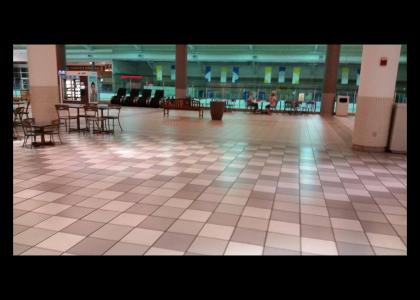demoscene
Created on: September 3rd, 2014

demosceneThe demoscene is a computer art subculture that specializes in producing demos, which are audio-visual presentations that run in real-time on a computer. The main goal of a demo is to show off programming, artistic, and musical skills.
The demoscene first appeared during the 8-bit era on computers such as the Commodore 64, ZX Spectrum, Atari 800 and Amstrad CPC, and came to prominence during the rise of the 16/32-bit home computers (mainly the Amiga and Atari ST). The first of the demoscene demos had a strong connection with software cracking, as competition grew rapidly and groups wanted better presentation of their releases.[1] When a cracked program was started, the cracker or his team would take credit with a graphical introduction called a "crack intro" (shortened cracktro). Within a year or two,[2] the making of intros and standalone demos evolved into a new subculture independent of the software (piracy) scene.[3]
Contents [hide]
1 Concept
2 History
3 Competition
4 Parties
5 Demo types
6 Groups
7 Impact
8 See also
8.1 Specific platforms
8.2 Websites and products
9 References
10 Further reading
11 External links
Concept[edit]
Screen shot from Second Reality, a famous[4] demo by Future Crew.
Prior to the popularity of IBM PC compatibles, most home computers of a given line had relatively little variance in their basic hardware, which made their capabilities practically identical. Therefore, the variations among demos created for one computer line were attributed to programming alone, rather than one computer having better hardware. This created a competitive environment in which demoscene groups would try to outperform each other in creating outstanding effects, and often to demonstrate why they felt one machine was better than another (for example Commodore 64 or Amiga versus Atari 800 or ST).
Demo writers went to great lengths to get every last bit of performance out of their target machine. Where games and application writers were concerned with the stability and functionality of their software, the demo writer was typically interested in how many CPU cycles a routine would consume and, more generally, how best to squeeze great activity onto the screen. Writers went so far as to exploit known hardware errors to produce effects that the manufacturer of the computer had not intended. The perception that the demo scene was going to extremes and charting new territory added to its draw.
Recent computer hardware advancements include faster processors, more memory, faster video graphics processors, and hardware 3D acceleration. With many of the past's challenges removed, the focus in making demos has moved from squeezing as much out of the computer as possible to making stylish, beautiful, well-designed real time artwork – a directional shift that many "old school demosceners" seem to disapprove of. This can be explained by the break introduced by the PC world, where the platform varies and most of the programming work that used to be hand-programmed is now done by the graphics card. This gives demo-groups a lot more artistic freedom, but can frustrate some of the old-schoolers for lack of a programming challenge. The old tradition still lives on, though. Demo parties have comp--404_er0-0r)_____________
None ( ._.)
Sponsorships:
| user | amount | user | amount |
|---|---|---|---|
| No one has sponsored this site ( ._.) | |||
| Sponsor this site! | Total: $0.00 | Active: $0.00 | |
Vote metrics:
| rating | total votes | favorites | comments |
|---|---|---|---|
| (3) | 7 | 1 | 1 |
View metrics:
| today | yesterday | this week | this month | all time |
|---|---|---|---|---|
| 1 | 0 | 0 | 0 | 1,123 |
Inbound links:
| views | url |
|---|---|
| 1 | https://www.facebook.com/ |
| 1 | https://www.google.nl/ |
| 1 | http://www.amigavibes.org/index.php/download/category/2-podcast- |
| 1 | https://yandex.ru/ |
| 1 | https://www.google.com/ |
Bold
Italic
Underline
Code
User Link
Site Link